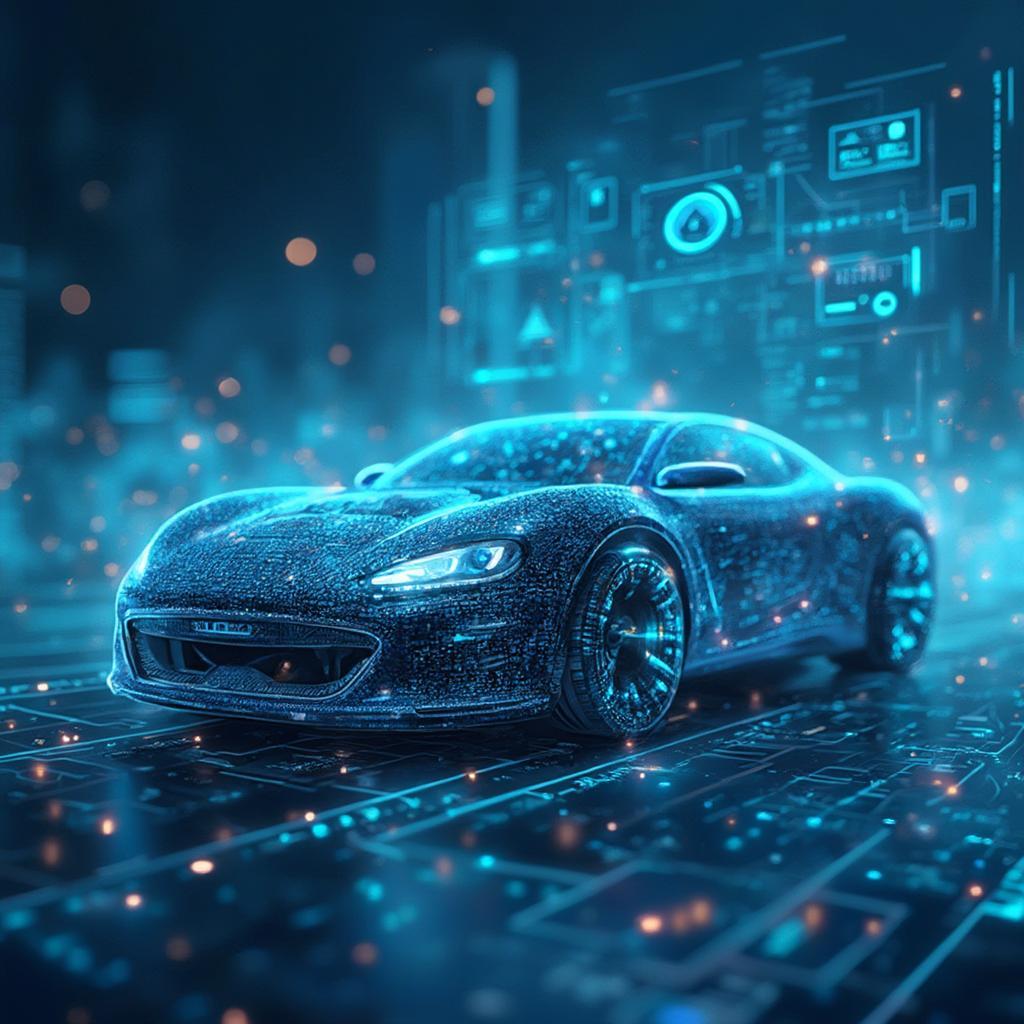Your cart is currently empty!

Car OBD vs OBD2: Understanding the Differences and Evolution
On-Board Diagnostics (OBD) systems have revolutionized car maintenance and repair. This article dives into the key distinctions between car OBD and OBD2, exploring their evolution, functionalities, and implications for vehicle owners and professionals alike. We’ll unravel the complexities and equip you with the knowledge to navigate the world of automotive diagnostics.
Decoding the Acronyms: OBD and OBD2
OBD refers to a vehicle’s self-diagnostic and reporting capability. Early OBD systems were manufacturer-specific, lacking standardization and often providing limited information. OBD2, introduced in 1996 in the United States, brought much-needed uniformity, making diagnostics more accessible and comprehensive. This standardized system allows a single OBD2 scanner to communicate with virtually any car manufactured after 1996. Want to learn more about OBD1 and OBD2 readers? Check out this obd1 and obd2 reader.
What is the Difference Between OBD and OBD2?
The core difference lies in standardization and data accessibility. Pre-OBD2 systems varied significantly between manufacturers, employing unique connectors, communication protocols, and trouble codes. This made diagnostics a complex and often proprietary process. OBD2 introduced a standardized 16-pin connector, universal communication protocols, and a common set of Diagnostic Trouble Codes (DTCs). This standardization simplifies diagnostics, enabling mechanics and car owners to identify and troubleshoot issues more efficiently.
 OBD vs OBD2 Connector Comparison
OBD vs OBD2 Connector Comparison
Why the Shift to OBD2?
The transition to OBD2 was driven by environmental concerns and the need for a more efficient diagnostic approach. The standardized system allows for more accurate monitoring of emissions-related components, ensuring compliance with environmental regulations. Additionally, OBD2’s streamlined diagnostic process benefits both mechanics and car owners.
Key Features of OBD2
OBD2 provides a wealth of information beyond basic diagnostics. It offers real-time data on various vehicle parameters such as speed, engine RPM, coolant temperature, and fuel system status. This data is invaluable for performance tuning, preventive maintenance, and understanding overall vehicle health.
How Does OBD2 Work?
OBD2 relies on a network of sensors and electronic control units (ECUs) throughout the vehicle. These sensors monitor various systems, and the ECUs process the data. When a malfunction is detected, a DTC is stored in the vehicle’s computer. An OBD2 scanner can then access these codes, providing insights into the nature of the problem. Learn more about the differences between OBD2 and OBD here: obd2 vs obd.
Benefits of Using an OBD2 Scanner
An OBD2 scanner empowers car owners and professionals alike. It allows for quick identification of issues, saving time and money on repairs. Furthermore, it provides valuable data for preventative maintenance, helping to avoid costly breakdowns.
 Using an OBD2 Scanner for Car Diagnostics
Using an OBD2 Scanner for Car Diagnostics
Choosing the Right OBD2 Scanner
Selecting the right scanner depends on your needs and technical expertise. Basic code readers are affordable and suitable for DIY enthusiasts, while professional-grade scan tools offer advanced functionalities for experienced mechanics. For a review of a popular OBD2 scanner, see our review of the vgate vs890s obd2 obdii scanner & car diagnostic tool.
Beyond OBD2: The Future of Car Diagnostics
While OBD2 remains the current standard, the future of car diagnostics is evolving rapidly. With advancements in telematics and connected car technology, remote diagnostics and predictive maintenance are becoming increasingly prevalent. These advancements promise to further enhance vehicle reliability and minimize downtime. Explore the nuances between OBD11 and OBD2: obd11 vs obd2.
 Advanced Car Diagnostics and Telematics
Advanced Car Diagnostics and Telematics
Quote from Robert Johnson, Senior Automotive Engineer: “OBD2 revolutionized car repair. The next evolution will be predictive, minimizing surprises and maximizing vehicle lifespan.”
Quote from Maria Sanchez, Certified Mechanic: “A reliable OBD2 scanner is an essential tool for any car owner or mechanic. It empowers you to understand your vehicle and address issues proactively.”
Conclusion: Embracing the Power of OBD2
Understanding the difference between car OBD and OBD2 is crucial in today’s automotive landscape. OBD2’s standardization has simplified diagnostics, providing car owners and professionals with valuable insights into vehicle health and performance. As technology continues to advance, embracing the power of OBD2 and its future iterations will be essential for maintaining and optimizing vehicle performance.
FAQ
-
What is the main difference between OBD and OBD2? Standardization. OBD2 is a standardized system, while pre-OBD2 systems varied significantly between manufacturers.
-
Is my car OBD2 compliant? Most cars manufactured after 1996 in the US are OBD2 compliant. Check your owner’s manual or look for the 16-pin connector under the dashboard.
-
What can an OBD2 scanner tell me? It can retrieve diagnostic trouble codes (DTCs), provide real-time data on vehicle parameters, and help identify potential issues.
-
Do I need a professional-grade OBD2 scanner? Basic code readers are sufficient for most DIY tasks. Professional-grade scanners offer advanced functionalities for experienced mechanics.
-
What is the future of car diagnostics? Remote diagnostics, predictive maintenance, and increased connectivity are shaping the future of car diagnostics.
-
Where can I find a reliable OBD2 scanner? Check out our review of the vgate vs890s obd2 obdii scanner car diagnostic tool review.
-
What if my car is not OBD2 compliant? You may need a manufacturer-specific scan tool or consult a specialized mechanic.
Need assistance? Contact us via WhatsApp: +1(641)206-8880, Email: [email protected] or visit us at 789 Elm Street, San Francisco, CA 94102, USA. We offer 24/7 customer support.

Leave a Reply